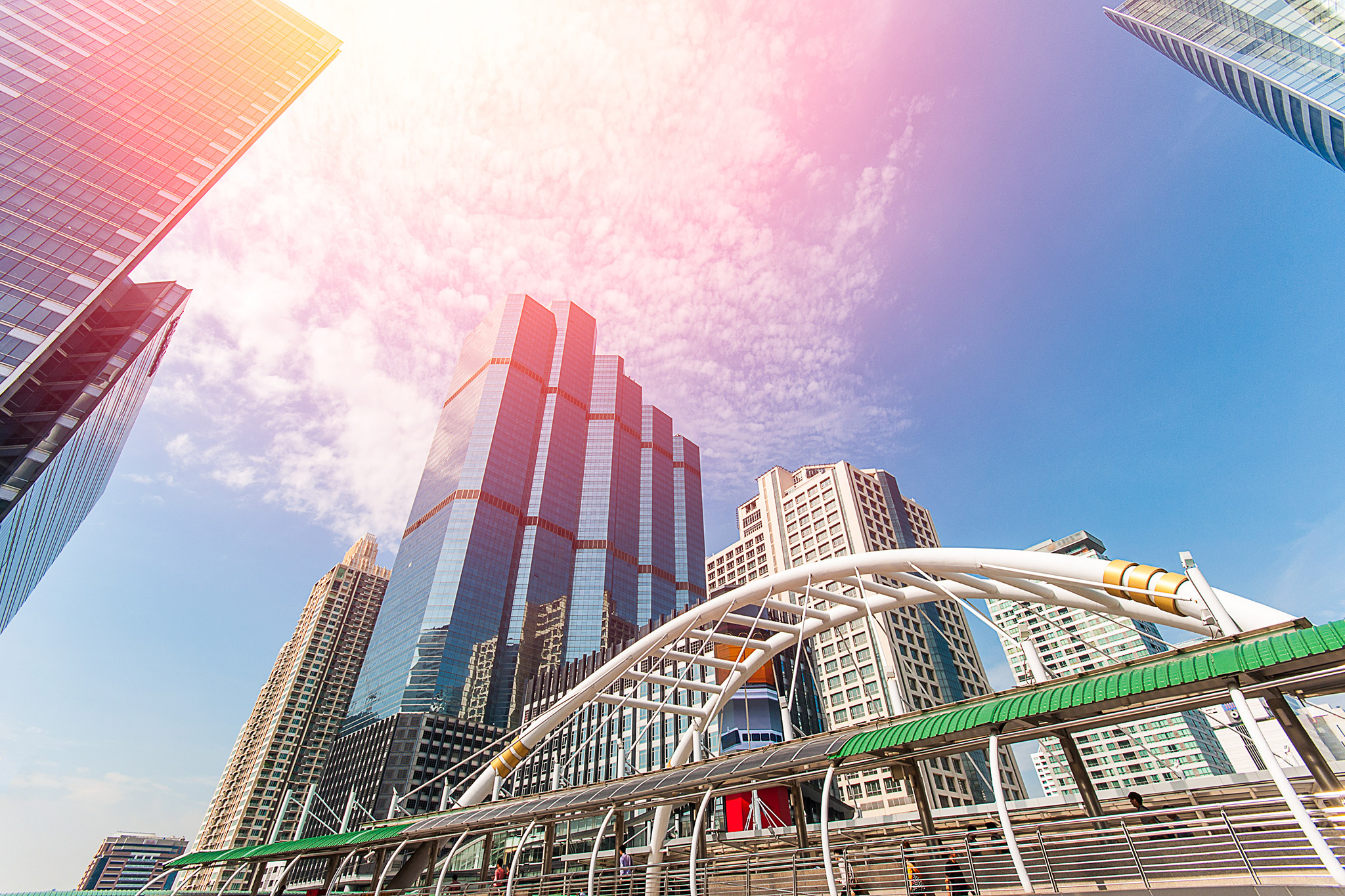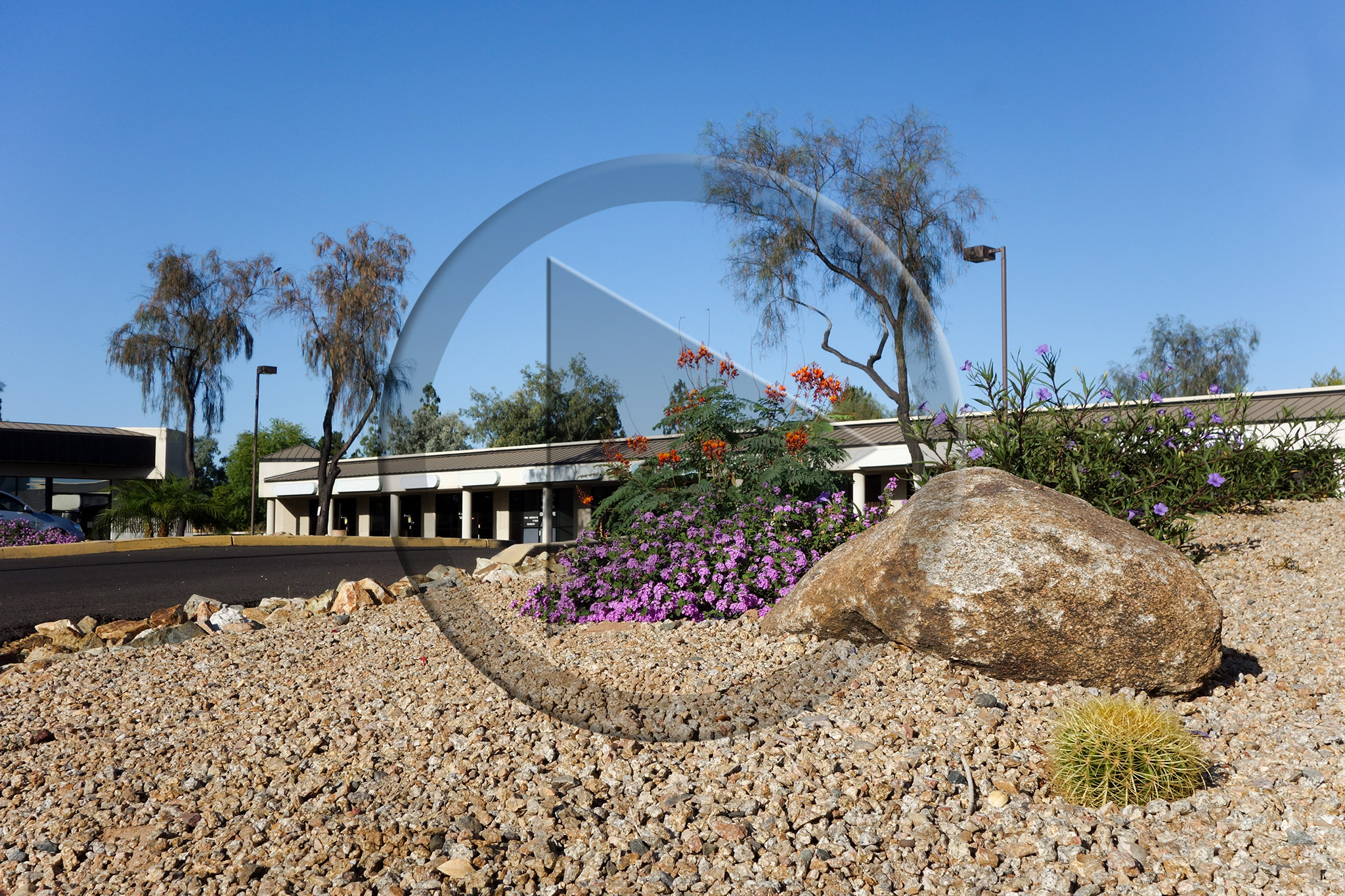Color in Architecture Basics
A lot of people don’t pay attention to the effect of color in architecture. Color is one of the most important aspects of a building that people respond to.
Sometimes people will go to a restaurant, a theater, an entertainment venue. The color in architecture will determine their mood in many ways. What has their experience been like? Is it a sad experience? A happy experience? Is it an experience that simulates the flavor of a meal? Or the experience of a family gathering?
Color is one of those aspects in architecture that goes unnoticed. But it can directly affect somebody’s mood. Most people don’t realize what a big effect it has on their experience within a building.
Color in Architecture for a Restaurant
I could throw names and words and that could confuse the listener here. But to keep it simple, I like to use the example of a restaurant. The type of color in architecture and lighting can complement the food at a restaurant. This is something that will determine the quality of the meal for the person.
Everything from their mood to how the food looks like to how it tastes is affected by color. The warm tones usually are important in a restaurant experience. This will determine whether your meal looks appetizing or not. The colors of your carpeting, the walls, or the ceiling affect the lighting in the environment. That will determine your experience as you attend a place of fine dining. Or not even fine dining, just any meal experience within a building.
Three Times a Day
We all have to eat, right? At least three times a day. Whether it’s breakfast, lunch, or dinner. The color in architecture will determine what that food will not only taste like but how much of it you will be able to consume. It actually affects whether it looks appetizing or not.
So, that is my favorite example of using color and light combined to affect the experience of a building. There are so many examples, but I don’t have a specific building that I can mention. What I can share with you is how we look at spaces from a cultural perspective.
Take a look at some cultures, like India for example. Or Latin America. Consider the way they dance, the way they live, and the way they share their communities. Their activities have to do with a lot of color in architecture. Why? Because color brings a lot of happiness and cheer. So you will often see color palettes that encompass the whole spectrum of color.
Mexican Mood Coloring
For anybody that goes south of the border, you are able to see how color is such a big part their lives. Not only for their folklore, but also their markets. Their entertainment. The flowers, the dress, the color of their buildings.
I remember landing in Mexico City once, looking from the air. I could see the buildings that were in so many different colors. You had pinks and you had greens and you had blues. You had all kinds of color that brought life to the city. And this was from the air.
Then walking through the streets, I was able to see those colors that were in contrast from one building to the other. You could feel your moods altering as you passed through these neighborhoods. They had different kinds of color in architecture of each building.
That is one of the things that a lot of people don’t pay attention to. How the color of a building will affect your moods and the way you experience a neighborhood.




